The Program in Humanistic Studies is announces the Spring 2021 courses which are open to students from all majors. HUM courses are broad based, interdisciplinary and often team-taught. They have no prerequisites and fulfill requirements toward the interdisciplinary Humanistic Studies certificate.
For full course descriptions and all other HUM courses, visit: https://humstudies.princeton.edu/courses/
New Spring 2021 Courses
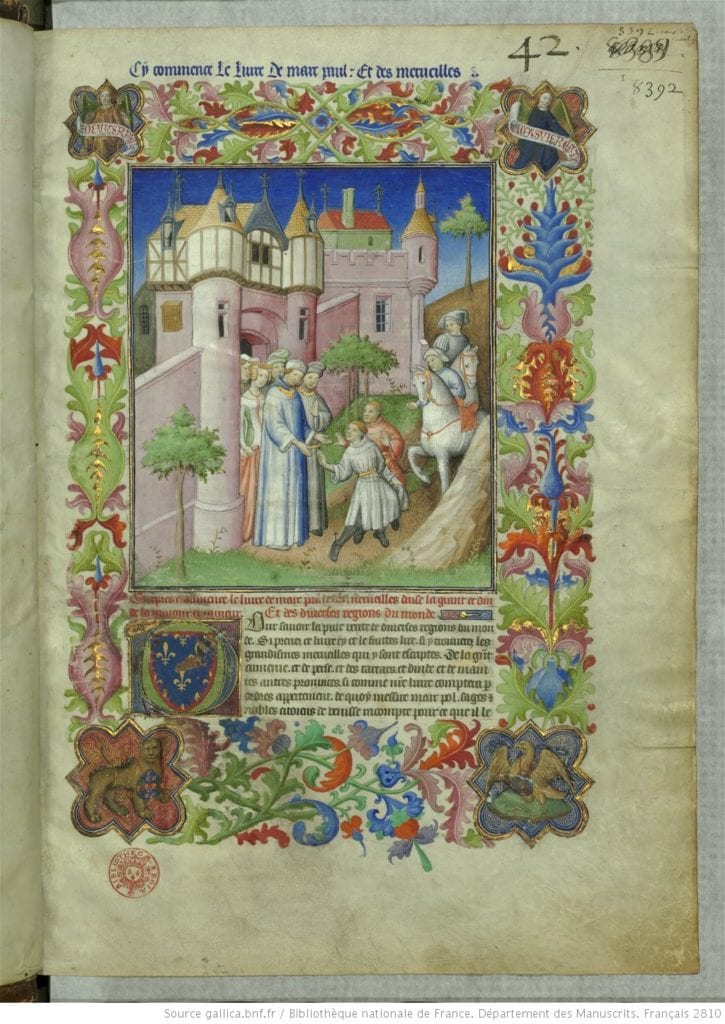
HUM 331 / HIS 336
A HISTORY OF WORDS: TECHNOLOGIES OF COMMUNICATIONS FROM CUNEIFORM TO CODING
Melissa Reynolds (History; Society of Fellows)
Did the invention of cities give rise to the invention of writing? Is it true that the printing press made the Reformation possible? Has social media destroyed democracy? This course will attempt to answer these questions in weekly discussions that explore how “revolutions” in communications’ technologies–from ancient cuneiform to modern coding–have altered the course of human history. In complementary weekly “digital practica” we will examine cutting-edge digital archives and learn how to wield the new digital tools that are transforming how historians engage with the past in the wake of our latest digital communications “revolution.”
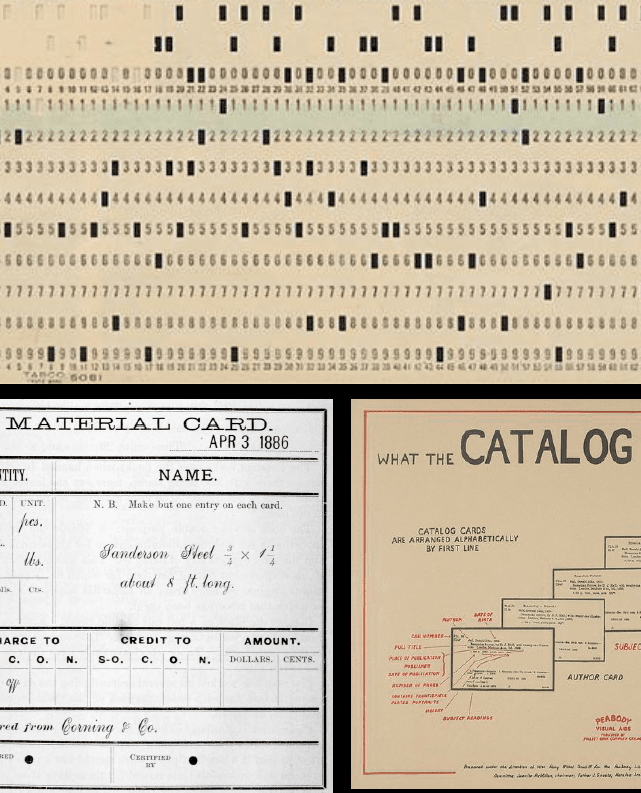
HUM 346 / ENG 256
INTRODUCTION TO DIGITAL HUMANITIES
Sierra Eckert (The Center for Digital Humanities)
This seminar introduces the digital humanities by exploring key debates around the meaning of humanities data. Like “slow food”–a movement where diners, farmers, and chefs rethink what and how we produce and consume–we will explore data as local, embedded, and requiring careful critical reflection. How can computational tools help us to understand art and literature? What do digital archives reveal (or obscure) about the people who make them? We will explore the foundations of this field while also discussing concerns that emerge when accessing and maintaining digital projects in time and across global and local contexts.
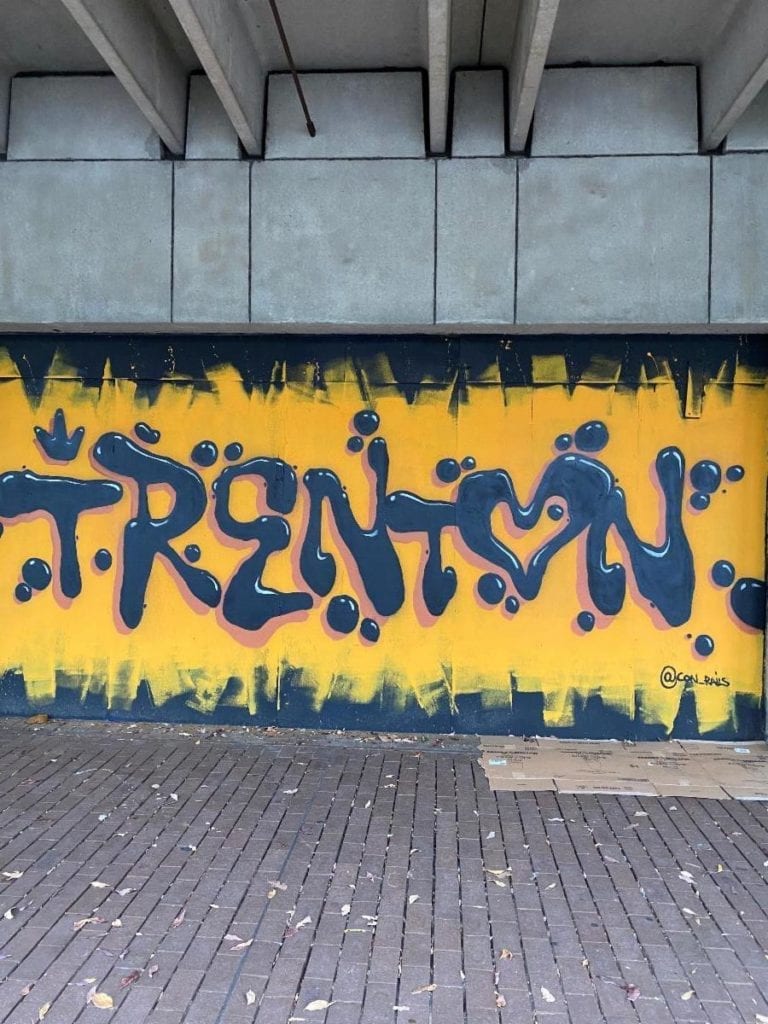
HUM 352 / ENG 252 / URB 352 / THR 350
ARTS IN THE INVISIBLE CITY: RACE, POLICY, PERFORMANCE
Nathan Davis (English; Theater)
D. Vance Smith (English)
A so-called invisible city, Trenton is one of the poorest parts of the state, but intimately connected to Princeton. Examining the historical and contemporary racisms that have shaped Trenton, we will hear from activists, policy makers, artistic directors, politicians, and artists. Readings include texts about urban invisibility, race, community theater, and public arts policy. The course will follow the development of a new play by Trenton’s Passage Theater, about a community-organized sculpture that was removed over “concerns” about “gang” culture. Students will conduct field interviews and workalongside dramatists and playwrights.
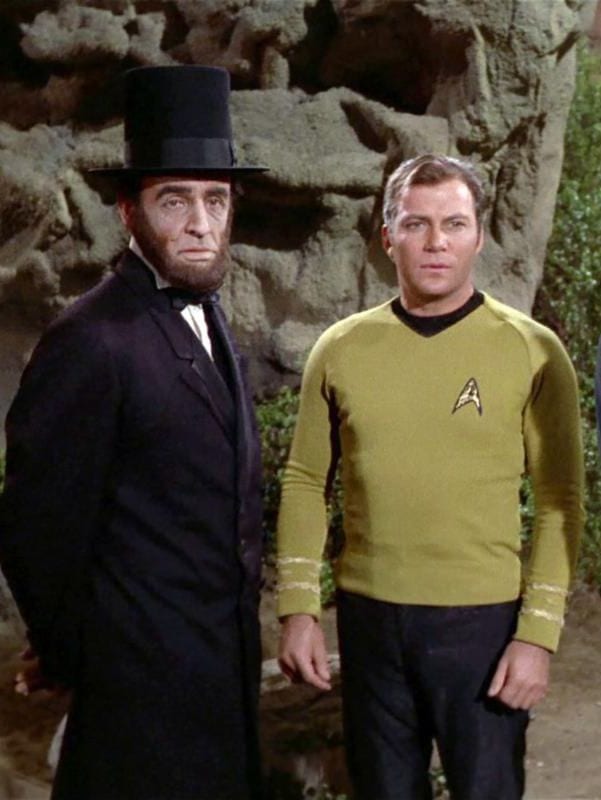
HUM 363 / AMS 364
WRITING LINCOLN: BIOGRAPHY, FILM, LITERATURE
Allen Guelzo (Humanities Council)
This seminar explores how the historical image of Abraham Lincoln (1809-1865) has been developed in American memory through writing, film and literature. Issues to be examined are the major groups of biographical interpreters (the “personal life,” the “Progressive Lincoln,” the “Liberal Hero”), the portrayals of Lincoln in literature (Whitman, Vidal), and how concepts of Lincoln have been shaped by film (Spielberg’s Lincoln, 2012) and television episodes (The Twilight Zone, Star Trek).

HUM 470 / CLA 471 / CWR 470
INTERDISCIPLINARY STUDIES IN THE HUMANITIES: IRONIC VOICES: SOCRATES AND C.P. CAVAFY
Alexander Nehamas (Philosophy)
Fiona Antonelaki (Hellenic Studies)
Argyro Nicolaou (Hellenic Studies)
This course offers an interdisciplinary perspective on the work of two renowned Greeks who lived almost two thousand years apart: the philosopher Socrates and the poet C.P. Cavafy. Do these figures, both famous for their use of irony, speak to or past each other across the millennia? In what does their irony lie and what rhetorical techniques contribute towards the creation of the voice of each? How do Socrates and Cavafy each buttress or challenge contemporary theories of truth, virtue, and ethics–of the good life? Does the nature and function of irony change depending on whether it appears in philosophy or in literature?
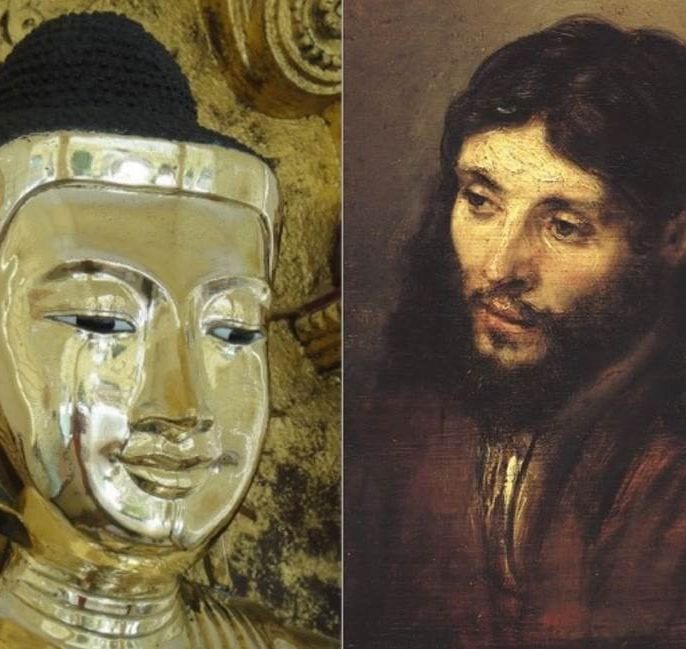
HUM 290 / REL 282
JESUS AND BUDDHA
Jonathan Gold (Religion)
Elaine Pagels (Religion)
This course invites us to compare the stories, teachings, lives, deaths, and communities associated with Jesus and Buddha. While respecting each tradition’s unique and distinctive sources, cultures, ideas and legacies, it invites us to deepen our understanding of each tradition by looking through the lens of the other. Course readings include accounts of the lives of Jesus and Buddha, what each taught about how to live and create society, and how they articulate the meaning of life and death, suffering and salvation.
Humanities Sequences this Spring
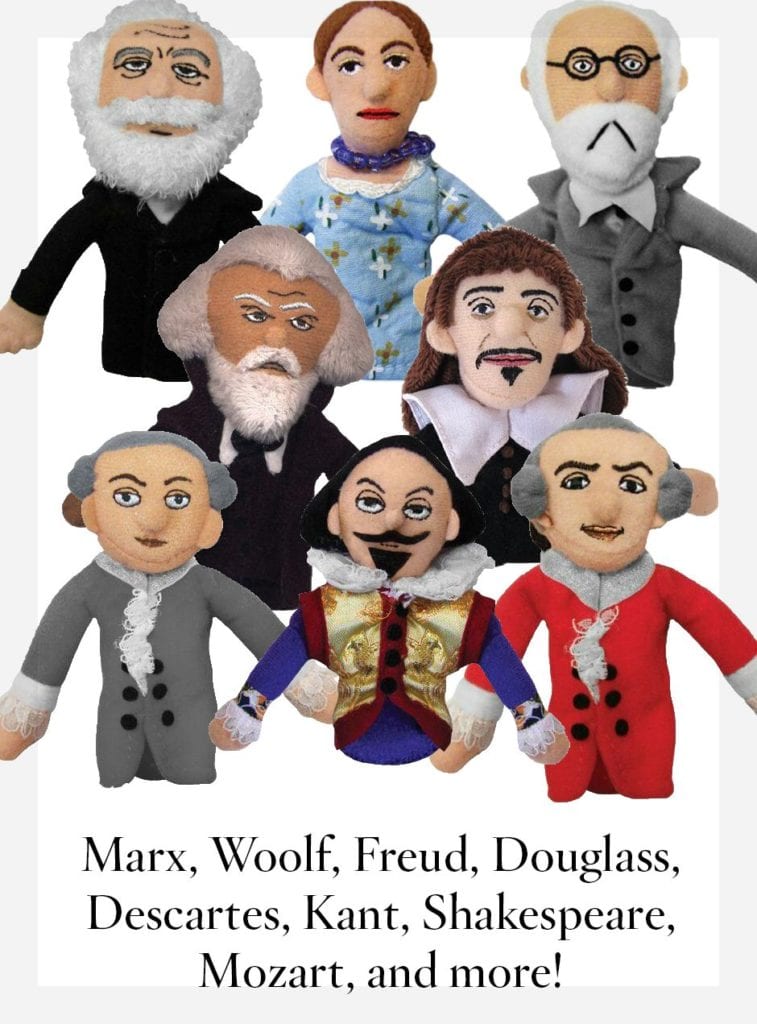
HUM 218 – HUM 219
INTERDISCIPLINARY APPROACHES TO WESTERN CULTURE FROM THE RENAISSANCE TO THE MODERN PERIOD: HISTORY, PHILOSOPHY, RELIGION, LITERATURE AND THE ARTS
Bridget Alsdorf (Art & Archaeology)
Denis Feeney (Classics) coordinator
Maya Kronfeld (Comparative Literature)
Joel Lande (German)
Jennifer Rampling (History)
Moulie Vidas (Religion)
First-Years and Sophomores who did not take the Fall semester are welcome to join!
This team-taught double credit course examines European texts, works of art and music from the Renaissance to the modern period. Readings, lectures, and discussions are complemented by films, concerts, and special events. It is the second half of an intensive interdisciplinary introduction to Western culture that includes history, religion, philosophy, literature and the arts. Although most students will have taken HUM 216 – 217, first-years and sophomores are welcome to join at this point.

HUM 234 / EAS 234 / COM 234
EAST ASIAN HUMANITIES II: TRADITIONS AND TRANSFORMATIONS
Ksenia Chizhova (East Asian Studies)
Atsuko Ueda (East Asian Studies)
Second in the two-semester sequence on East Asian literary humanities, this course begins in the seventeenth century and covers a range of themes in the history, literature, and culture of Japan, Korea, and China until the contemporary period. Looking into the narratives of modernity, colonialism, urban culture, and war and disaster, we will see East Asia as a space for encounters, contestations, cultural currents and countercurrents. No knowledge of East Asian languages or history is required and first-year students are welcome to take the course.
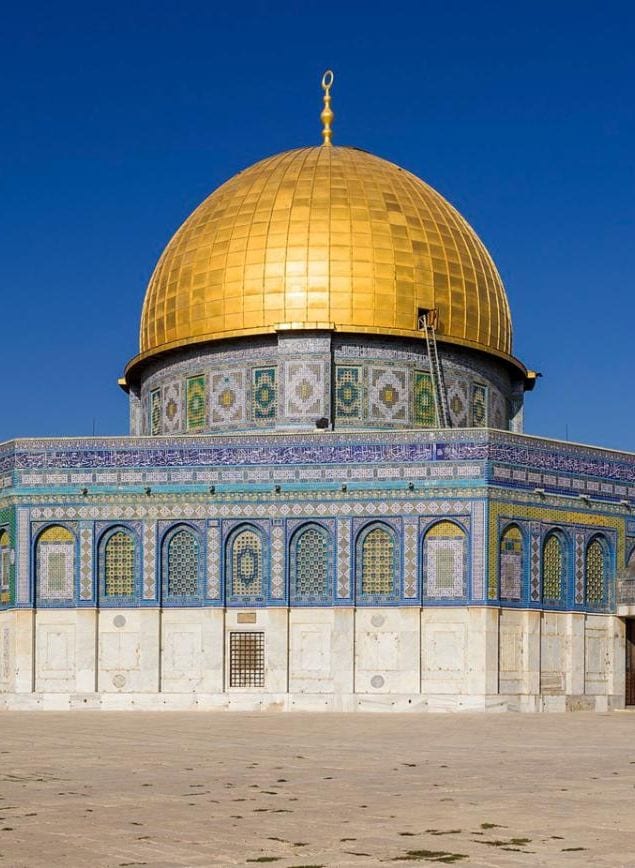
HUM 248 / NES 248
NEAR EASTERN HUMANITIES II: MEDIEVAL TO MODERN THOUGHT AND CULTURE
Molly Greene (History)
Lara Harb (Near Eastern Studies)
This course will introduce students to the multi-faceted literary and cultural production of a region that at one point stretched from the Iberian Peninsula to the Indus Valley, as well as give them an understanding of the historical shifts in power that took place across the Near East over the past millennium. Starting at the tail end of the Abbasid Empire up to the rise of nation-states in the 20th century, students will learn of the different power dynamics that shaped the region’s diverse ethnic, religious, linguistic and ultimately national communities and their worldviews.












